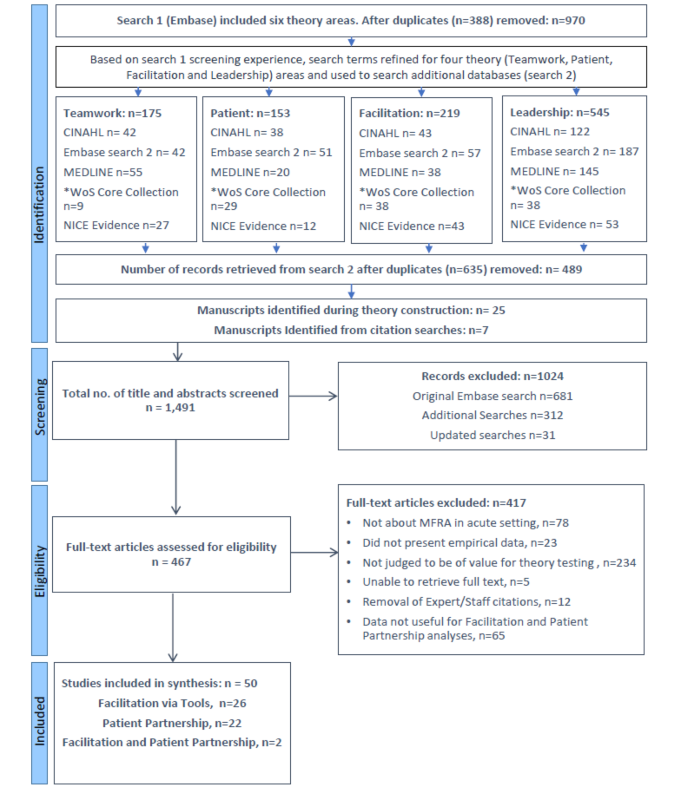Dementia Fall Risk Can Be Fun For Anyone
Dementia Fall Risk Can Be Fun For Anyone
Blog Article
An Unbiased View of Dementia Fall Risk
Table of ContentsThe Facts About Dementia Fall Risk UncoveredIndicators on Dementia Fall Risk You Need To KnowDementia Fall Risk Things To Know Before You Get ThisExcitement About Dementia Fall RiskLittle Known Questions About Dementia Fall Risk.
In the community, poor street illumination or unprotected creeks and land fills might additionally trigger crashes. Falls Danger Evaluation Device (FRAT) is a 4-item falls-risk screening tool for sub-acute and household care. The FRAT has 3 areas: fall danger status, threat factor list, and activity plan. A Loss Risk Condition consists of information regarding background of recent falls, medicines, emotional and cognitive condition of the person.If the individual ratings on a threat variable, the equivalent number of points are counted to the client's autumn danger score in the box to the far. If an individual's autumn danger rating completes five or greater, the individual goes to high threat for falls. If the patient scores only 4 factors or lower, they are still at some risk of falling, and the registered nurse needs to utilize their best clinical assessment to take care of all loss threat factors as part of an all natural treatment strategy.
These conventional approaches, in basic, help create a risk-free environment that minimizes unintended drops and delineates core preventive procedures for all individuals. Indicators are essential for patients at threat for falls. Healthcare companies need to recognize who has the problem, for they are liable for carrying out actions to advertise patient safety and prevent drops.
Some Known Facts About Dementia Fall Risk.
Wristbands need to include the patient's last and first name, date of birth, and NHS number in the UK. Information ought to be printed/written in black against a white history. Only red color must be made use of to signify unique client standing. These suggestions follow existing developments in client recognition (Sevdalis et al., 2009).
Products that are too much may need the person to reach out or ambulate unnecessarily and can potentially be a hazard or add to drops. Assists stop the client from heading out of bed with no help. Nurses react to fallers' telephone call lights quicker than they do to lights launched by non-fallers.
Aesthetic impairment can greatly create falls. Hip pads, when worn effectively, might reduce a hip crack when autumn takes place. Maintaining the beds closer to the floor decreases the risk of falls and significant injury. Positioning the mattress on the floor significantly minimizes autumn risk in some medical care setups. Low beds are designed to minimize the range a patient drops after moving out of bed.
5 Simple Techniques For Dementia Fall Risk
Individuals that are high and with weak leg muscular tissues that attempt to remain on the bed from a standing setting are likely to drop onto the bed since it's too low for them to reduce themselves securely. If a tall person go now efforts to obtain up from a low bed without assistance, the individual is likely to drop back down onto the bed or miss out on the bed and drop onto the flooring.
They're developed to advertise prompt rescue, not to protect against falls from bed. Apart from bed alarm systems, increased guidance for high-risk people additionally might aid prevent drops.

Clients with an evasion stride boost loss opportunities drastically. To lower autumn danger, footwear ought to be with a little to no heel, thin soles with slip-resistant tread, and sustain the ankles.
Some Ideas on Dementia Fall Risk You Need To Know
Individuals, particularly older adults, have actually lowered visual ability. Illumination an unfamiliar setting assists increase exposure if the person have to obtain up during the night. In a research study, homes with sufficient lighting report fewer falls (Ramulu et al., 2021). Improvement in lights in your home may decrease loss rates in older grownups (Dementia Fall Risk). The use of gait belts by all healthcare providers can promote security when helping individuals with transfers from bed to chair.

Sitters work for assuring a secure, protected, and risk-free setting. Researches showed really low-certainty evidence that caretakers reduce autumn risk in severe care healthcare facilities and only moderate-certainty that options like video clip monitoring can lower sitter use without enhancing autumn threat, recommending that sitters are not as useful as initially believed (Greely et al., 2020).
The Greatest Guide To Dementia Fall Risk

Boosted physical conditioning lowers the threat for drops and limits injury that is endured when fall transpires. Land and water-based workout programs may be likewise helpful on balance and stride and consequently decrease the threat for falls. Water exercise may add a positive advantage on equilibrium and gait for women 65 years and older.
Chair Increase Workout is a basic sit-to-stand workout that helps strengthen the muscular tissues in the thighs and butts and improves wheelchair and self-reliance. The objective is to do Chair Rise workouts without making use of hands as the client comes to be stronger. See sources section for a comprehensive direction on how to do Chair Increase workout.
Report this page